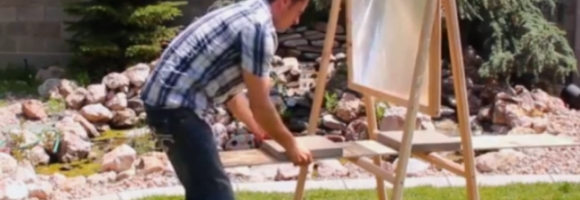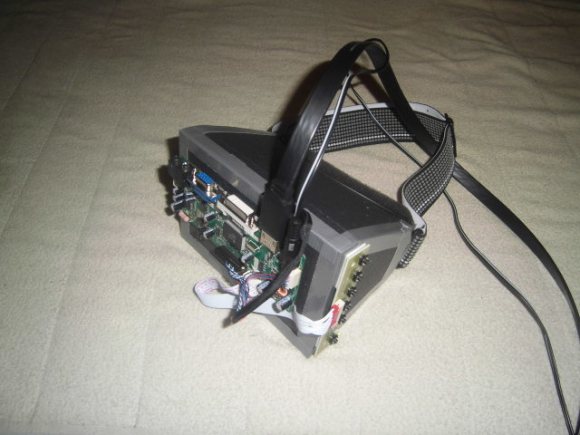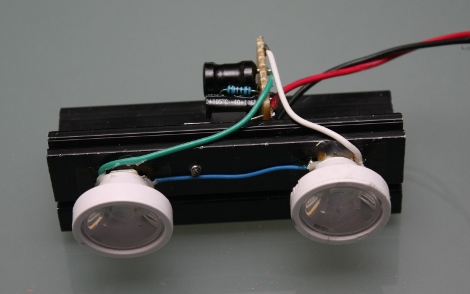Giant fresnel lens is dangerous fun
Here’s an interesting, and rather dangerous, use for those old big screen TVs that are frequently listed for FREE on Craigslist. With the lens from the old TV built into an adjustable wooden frame, [Grant] was able to melt a stack of pennies, instantly burn wood, melt spots in concrete, and serve his family a cooked egg… Cool.
Projection mapping app helps create hologram like performance stage
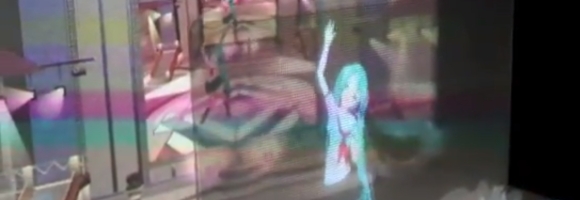
[Aimino] used an iPad, a mobile projector, and a mosquito screen to create a trippy hologram like stage. It might not seem like much at first, but it’s actually a pretty interesting effect. Watching the video makes me wonder what other applications this could have in the near future.
The world’s strongest magnet
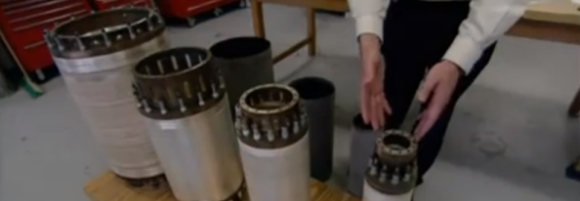
At a cost of over $14 million dollars and weighing in at 35 tons, the 45 Tesla Hybrid is the strongest DC magnet on Earth. It’s powerful enough that the film crew couldn’t even safely get in to take footage of it. Over half of their camera tapes were wiped clean just while being in the same facility that houses it!
Virtual Body chair uses 4 of our 5 senses

Created in the hopes of providing a VR experience for seniors with mobility problems who can no longer travel the world, Tokyo Metropolitan University’s Ikei Laboratory presents the ‘Virtual Body’ exhibition. Included are a 3D monitor, a pair of headphones, a fan to create breezes and spread scents, a chair that moves and vibrates, and moving foot pedals.
Iron Man laser gauntlet pops balloons with ease
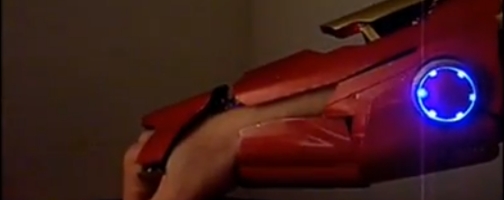
If you’re an Iron Man fan with disposable income, you might want to check out this functional full metal laser gauntlet. Built from scratch using no blueprints or guides, [AnselmoFanZero] sells them for around $3K USD.

